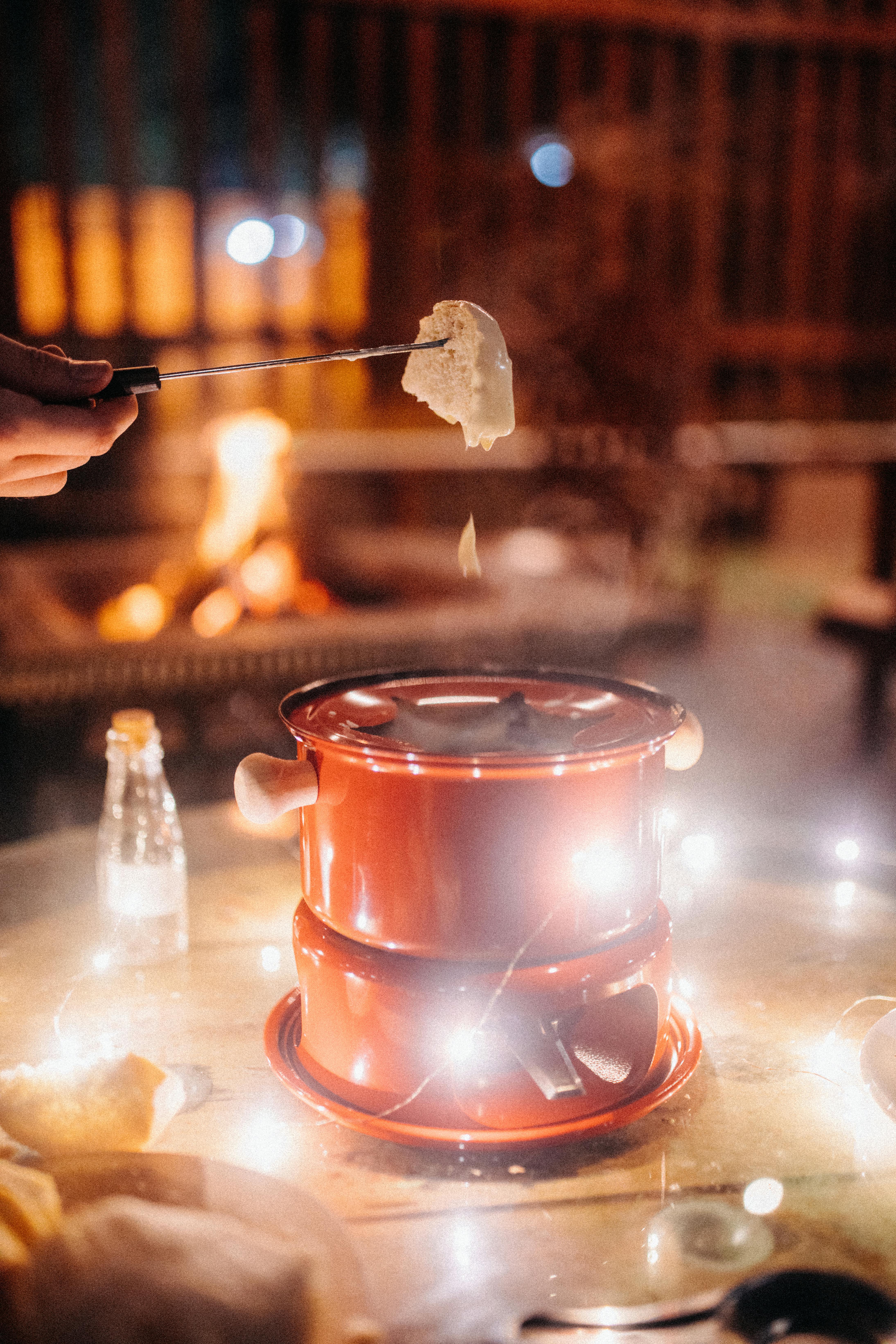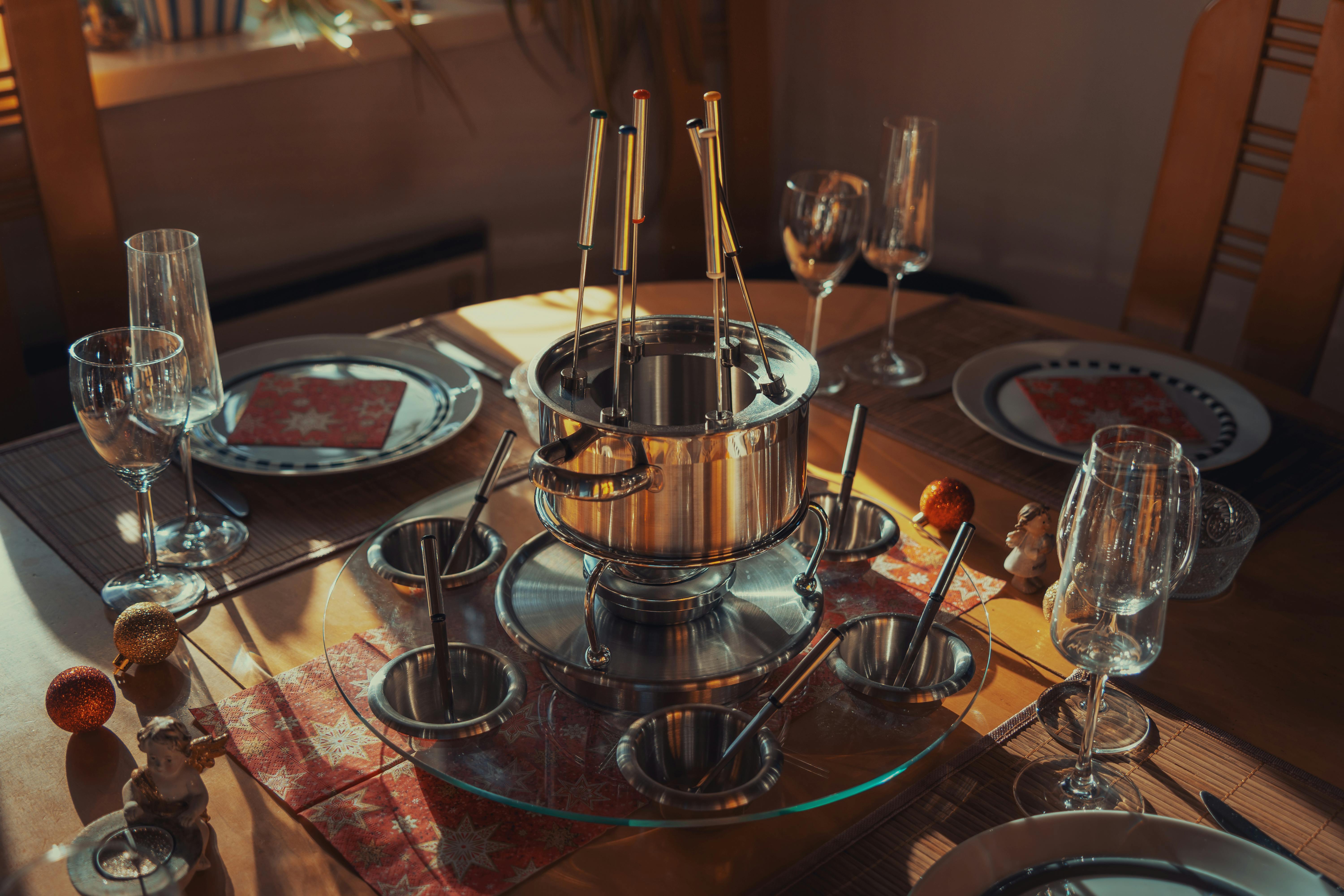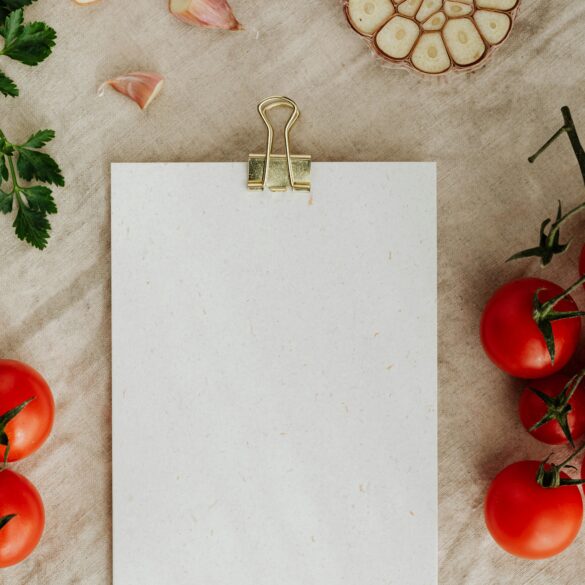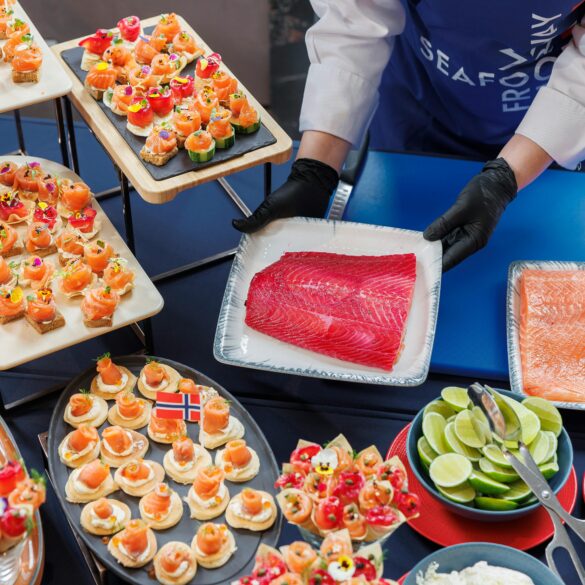Switzerland Fondue Secrets: Achieve Perfection Using Only Supermarket Ingredients
Let’s be honest—when people think Switzerland, fondue bubbles straight to the top. That molten, golden cheese, shared conversation across the table, and that unmistakable Alpine sense of togetherness. But here’s what always gets me: you don’t need to trek through mountain villages or spend a fortune on specialty cheese to create truly authentic Swiss fondue at home. In my experience, some of the best fondue moments—the kinds where conversation flows and the cheese stretches endlessly—have been pulled off with simple supermarket ingredients and just a bit of Swiss-inspired ingenuity. I know, purists might raise an eyebrow. Yet, I’ll be honest: I’ve consistently found that budget-friendly local cheese can rival the imported stuff if you know a few expert tricks (plus, the difference is smaller than you’d think1).
Funny thing is, back during a snowy winter in Zurich (and yes, that’s cliché but true), I watched a local chef improvise the classic recipe using everyday ingredients straight from a Coop supermarket. The result? Absolutely phenomenal. That got me thinking: how do you take centuries-old tradition and adapt it for real people, in real kitchens, on modest budgets?
This guide isn’t just another “easy fondue recipe”—it’s filled with secrets you won’t find in basic cookbooks. Whether you’re a total beginner or a seasoned foodie who’s spent years chasing the perfect melt, these tips, mistakes, stories, and evolving insights will give you everything you need to make world-class fondue—without the price tag or pretension.
The Soul of Swiss Fondue: History & Cultural Magic
I used to think fondue was just a cheesy winter comfort food, a bit of an indulgence with no deeper meaning. Actually, let me clarify: it’s so much more. Fondue’s roots dig into Swiss farming communities, where resourcefulness and collectivism were the name of the game2. Back in the day, when mountain winters froze roads and fresh food was scarce, families melted their hard cheese and stale bread, turning leftovers into shared joy. That’s a lesson for all of us—creativity blossoms when resources are scarce. Or at least that’s what history tells us.
What strikes me most is the communal aspect. Eating fondue isn’t a solo sport; it’s a way of gathering, a social ritual. I’ll never forget the energy in those tiny Alpine chalets: laughter, debate (over the best cheese blend—yes, people get very animated), and the shared challenge of not losing your bread in the pot. In Swiss tradition, if your bread falls off your fork, there’s usually a penalty—a playful dare or a round of drinks. These days, I’ve seen just as much fun at casual dinner parties using simple supermarket options.
Expert Cheese Selection: Supermarket Gems vs. Traditional Blends
Switzerland’s classic fondue—“moitié-moitié”—means “half and half,” traditionally blending Gruyère and Vacherin Fribourgeois cheese3. But here’s the rub: outside Switzerland, Vacherin Fribourgeois is rare and costly, and even Gruyère can stretch your budget thin. So what do you do?
In my experience, the magic lies in balancing flavor, texture, and affordability. Supermarket Swiss cheese (sometimes labeled “Swiss-style” or “Emmental”) forms a surprisingly solid base, especially when blended with sharp, nutty Gruyère. Throw in small portions of cheddar—or even budget-friendly mozzarella for stretch—if Gruyère isn’t available. The surprising result: a complex, deeply satisfying fondue that remains accessible, authentic, and honestly, kind of brilliant4.
Don’t overthink blends or get hung up on strict tradition. The Swiss themselves adapt based on what’s in season or affordable. I’m partial to adding a little mature cheddar for extra punch—Swiss foodies have little patience for culinary snobbery.
Key Cheese Selection Considerations
- Flavor Complexity: Gruyère is nutty and rich; Emmental is mild and creamy; cheddar adds tang.
- Stretch Factor: Mozzarella and Emmental help achieve that theatrical cheese pull.
- Budget Balance: Swiss supermarket blends often work as an affordable main base.
- Local Adaptation: Use what’s on hand—Swiss fondue is about resourcefulness, not rigid rules.
Did You Know?
Switzerland produces more than 500 varieties of cheese, with Gruyère and Emmental ranking among the world’s top culinary exports. Local markets prioritize freshness and regional flavor, and many Swiss citizens shop daily—meaning supermarket cheese offers both convenience and deeply rooted tradition5.
Essential Equipment: What Really Matters
Let’s be honest—I’ve spent years fussing over fancy fondue pots, copper heating plates, and those impossibly tiny cocktail forks. But what actually makes a difference? I’ll be completely honest: the pot matters less than you think. Classic Swiss fondue is traditionally served in a caquelon, a heavy ceramic or cast-iron pot designed to retain heat without burning6. Trouble is, those can be expensive (especially imported versions). However, a sturdy, small saucepan does the trick at home. It’s the heat control—not the vessel—that’s key.
I made the mistake early on of cranking up the burner, thinking rapid melt equals smooth cheese. Wrong. Gentle, even heat is crucial. Go too hot, and the cheese seizes into clumps; too cold, and you’ll wait forever for the melt. Here’s where a portable electric burner—those $20 models from any department store—can save your dinner. Tabletop flames create ambiance, but even heating rules supreme.
Equipment Checklist (What Counts, What Can Be Skipped)
- Sturdy Pot: Cast-iron, ceramic, or plain saucepan
- Reliable Low-Heat Source: Electric burner, induction top, or spirit lamp
- Long Forks: Metal or wooden—just avoid plastic, trust me
- Heat-Resistant Trivet: You want the pot close but not scorching your table
- Optional: Fondue set for the “Swiss chalet” look, but only if budget allows
Building Flavor on a Budget: Affordable Ingredient Hacks
Here’s where most home cooks get stuck—how do you build that signature Swiss fondue flavor with basic supermarket ingredients? You’d be surprised how much comes down to chemistry, not just brand names. One learning curve for me was realizing that supermarket cheese is usually milder—sometimes a little bland, sometimes too oily. But with the right seasoning “hacks,” peak flavor is no longer reserved for five-star chalet kitchens.
The Three Key Elements
- Fresh Garlic: Cut a clove in half and rub it on the pot’s inside, Swiss style.
- White Wine or Lemon Juice: A splash adds tang and keeps the cheese smooth (acid helps prevent stringy clumps).
- Cornstarch: Use 1–2 teaspoons to stabilize melting, especially with supermarket blends.
Try swapping traditional Kirsch (cherry brandy) with a dash of supermarket vodka or dry gin. I feared losing authenticity, but the result: nearly indistinguishable flavor, lower cost, and cleaner finish. The more I experiment, the more these small swaps open creative new doors7.
Another detail: seasoning. Growing up, I thought fondue was just cheese and wine. Most Swiss home cooks add pepper, a pinch of nutmeg, and, surprisingly, a hit of Tabasco for warmth. I was skeptical—then, convinced. The depth is absolutely worth it.
Ingredient Cost Comparison Table
| Traditional Swiss | Supermarket Equivalent | Average Price (USD) | Taste/Melt Quality |
|---|---|---|---|
| Gruyère (AOP) | Swiss Gruyère, Emmental | $8–$12/lb | Excellent/must be blended for budget |
| Vacherin Fribourgeois | Creamy Swiss/Edam | $12–$18/lb | Great texture/substitute works well |
| Kirsch | Vodka/Dry Gin | $10–$25/bottle | Similar kick/cost-effective |
| Swiss Wine | Any Dry White | $6–$12/bottle | Tang preserved/supermarket works |
This table shows how easy it is to replicate the classic Alpine blend with basics. You get 90% of the flavor for half the price—and most guests won’t know the difference.
Step-By-Step Fondue Mastery: True Swiss Technique
Here’s my “Swiss Chef’s Playbook”—refined over a dozen mistakes and even more dinner party critiques:
- Rub the pot’s inside with fresh garlic. Trust me, this sets the base flavor.
- Add cheese blend and cornstarch, toss to coat evenly for a smoother melt.
- Pour in wine (room temperature), gently warm—do NOT boil.
- Stir constantly—figure-of-eight motion is the Swiss secret for uniform melting.
- Finish with vodka (or gin), pepper, nutmeg, and a splash of lemon juice.
- Move pot to table-top burner and begin dipping!
If you’re wondering about cheese clumping or breaking, that’s common. Don’t panic. Usually, it means you need a splash more acid (lemon or wine) and gentler heat. I used to get frustrated here, but it’s fixable—fondue rewards calm patience.
There’s real magic in imperfection, in my opinion. What I should have learned sooner is that fondue flavor—and fondue fun—comes from the quirks, hacks, and small adjustments only real home cooks discover with experience.

Troubleshooting & Rescue Tips: Fixing Fondue Flops
Okay, let’s step back for a moment. Fondue isn’t always perfect—actually, it’s rarely perfect. I’ve burnt cheese to the bottom, ended up with wine separation, and yes, once I welded a fork to the side of the pot in a botched test run (don’t ask). The jury’s still out for me on the best fondue fix, but over the years, here’s what I’ve consistently found works:
- Clumping/Curdling: Lower heat, add a bit more wine and stir constantly. If desperate, splash lemon juice.
- Grainy Texture: Blend in a small amount of grated cheese and cornstarch slurry.
- Burnt Pot Bottom: Let the “religieuse”—that crispy cheese skin—become the evening’s grand finale. In Switzerland, it’s a delicacy8.
- Too Runny: Gradually add more cheese and gently let it melt.
- Too Thick: Splash in warm wine and loosen texture gently.
Ever notice how these little mishaps become conversation starters? There’s something satisfying about troubleshooting together. The more I think about it, the more I realise: fondue is about learning—through triumph and sometimes hilarious failure.
Did You Drop Your Bread?
If you drop your bread in the pot, tradition says you buy the next round of drinks or kiss your neighbor—fondue fun is playful, not solemn. Adapt for your crowd—found that mutual laughter forges unforgettable friendships.
Country Fact: Swiss Cheese Production & Local Markets
Switzerland’s cheese-making regions—Gruyère, Emmental, and Fribourg—anchor centuries of tradition. According to government statistics, small cooperative dairies produce more than 190,000 tons of cheese annually, with roughly 40% exported internationally9. Swiss supermarkets prioritize regional freshness, so even “budget” cheese reflects local terroir and strict production standards.
Serving Suggestions: Breads, Dips & Drinks
This is where you can really impress people—even those who think supermarket fondue is “cheating.” Think beyond sliced baguette. Offer a mix of sourdough, rye, pretzel rolls, or roasted potatoes for dipping. Actually, roasted vegetables (broccoli, cauliflower) are increasingly common at Swiss tables. Experimenting with dippers led me to discover that apple slices and sweet pickles provide an incredible flavor contrast—where tradition meets modern creativity10.
- Breads: Baguette, rye, sourdough, pretzel rolls
- Veggies: Roasted potatoes, broccoli, cauliflower, carrots
- Fruits: Apple slices, pear wedges (great with cheese!)
- Sweets: Pickles, sweet onions
Drink Pairings
Swiss tradition favors dry white wines (Chasselas is classic), but any affordable Sauvignon Blanc or Pinot Grigio works. For non-alcoholic options, opt for herbal teas or apple cider.
Back when I tried my first homemade fondue, I overcomplicated pairings—only to discover guests cared more about the shared energy and warm conversation than the precise wine note. The more accessible the ingredients and setting, the richer the experience, honestly.
Repurposing Leftovers: Zero-Waste Swiss Innovation
One thing I love about fondue: nothing goes to waste. The crispy crust (“religieuse”) at the pot’s bottom can be served as a prized snack. Leftover cheese sauce keeps for days—spread it on toast, stuff grilled sandwiches, bake with pasta, or spoon over steamed vegetables. In years past, Swiss farmers relied on this kind of resourcefulness for survival; nowadays, it’s just good sense and great flavor.
- Spread leftover sauce on grilled sandwiches
- Use as pasta topping (“Swiss Mac and Cheese”)
- Bake with potatoes for a gratin twist
- Dip fresh veggies as an after-party snack
I’m partial to slathering the final bits on hearty sourdough and broiling until golden. Next-day fondue toast: it’s breakfast innovation, Swiss-style.
Social Sharing & Call to Action
Try the affordable Swiss supermarket fondue recipe, then experiment—mix in new cheeses, tweak seasoning, create your own tradition. Share your results online and tag your fondue with #SwissSupermarketFondue for a chance to be featured in our next community spotlight!
Conclusion: Authentic Fondue Without Compromise
Here’s what I’ve truly learned after a decade of fondue adventures and more mistakes than I care to count: Authentic Swiss fondue isn’t about strict rules, expensive ingredients, or exclusive culinary skills. It’s about gathering, experimenting, savoring imperfection—and most importantly, creating joy out of what’s accessible. Supermarket cheeses, when blended thoughtfully, form the backbone of memorable tableside feasts. Flavor comes from adaptation, not rigid adherence to tradition. The more personal and communal the experience, the more Swiss your fondue truly is.
Honestly, the energy at a supermarket-ingredient fondue night resembles what I felt in Zürich’s best chalets: excitement, laughter, culinary curiosity. The lesson? Don’t let budget (or lack of Gruyère AOP) hold you back. Fondue is Swiss, yes—but it’s also universal. Alpine authenticity and creative pragmatism go hand-in-hand.
Next time you walk past your local cheese aisle, remember: culinary adventure is just a few slices away. Invite people in, experiment (even fail, sometimes!) and enjoy the delicious journey. Because as the Swiss say, “the pot is for sharing, the cheese is for all.”
References
Comprehensive Swiss Fondue Resources



